Research Overview
Mouse Brain Malformations
|
In parallel to our ongoing human genetic studies, our group is studying mutant mice with cerebellar and other brain malformations to: To better understand the developmental basis of Dandy-Walker malformation, we are studying Zic1, Zic4 and Foxc1 mutant mice. One of our major findings from these studies is that posterior skull development and cerebellar development are fundamentally interdependent. Signals from the developing skull are essential to regulate development of the adjacent cerebellum. Disruptions in this signaling pathway can lead to Dandy-Walker malformation. Ongoing experiments in the lab are aimed at identifying these signals and their downstream molecular pathways as one means of finding additional Dandy-Walker genes. These experiments have also led us to the study of additional birth defects of the human skull and their relationship to structural brain malformations. |
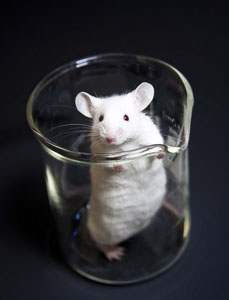 |
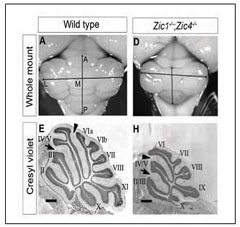 |
 |
Analysis of other mouse mutants in the lab, including mice mutant for the transcription factor, Lmx1a, have led us to analysis of the generation of neurons from dorsal midline stem cell populations in the developing brain. These populations contribute substantially to the neuronal diversity in the CNS, but the mechanisms that drive their neurogenesis are ill-defined. Abnormalities in these stem cell populations contribute to cerebellar and malformations (including Dandy-Walker malformation), cortical malformations and hydrocephalus. Using genetic fate mapping, explant analysis and extensive microscopy, we are studying how neural fate is established in the cerebellar rhombic lip and cortical hem
Finally, Dr. Millen's group is working on mouse embryonic stem (ES) cell technology to more efficiently and rapidly generate mouse models of human genetic disease.
By combining the power and strengths of both mouse and human genetics, our studies are leading to a more comprehensive understanding of the basic biology and genetics of brain malformations.
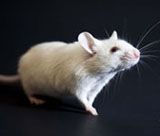 |
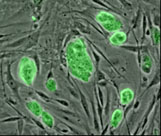 |
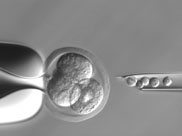 |
 |
![[UW Pediatrics]](/millenwb/images/uwp24.jpg)

